Can blockchain help conserve Kenya's Masai Mara?
By Sara Jerving | Oct. 18, 2022
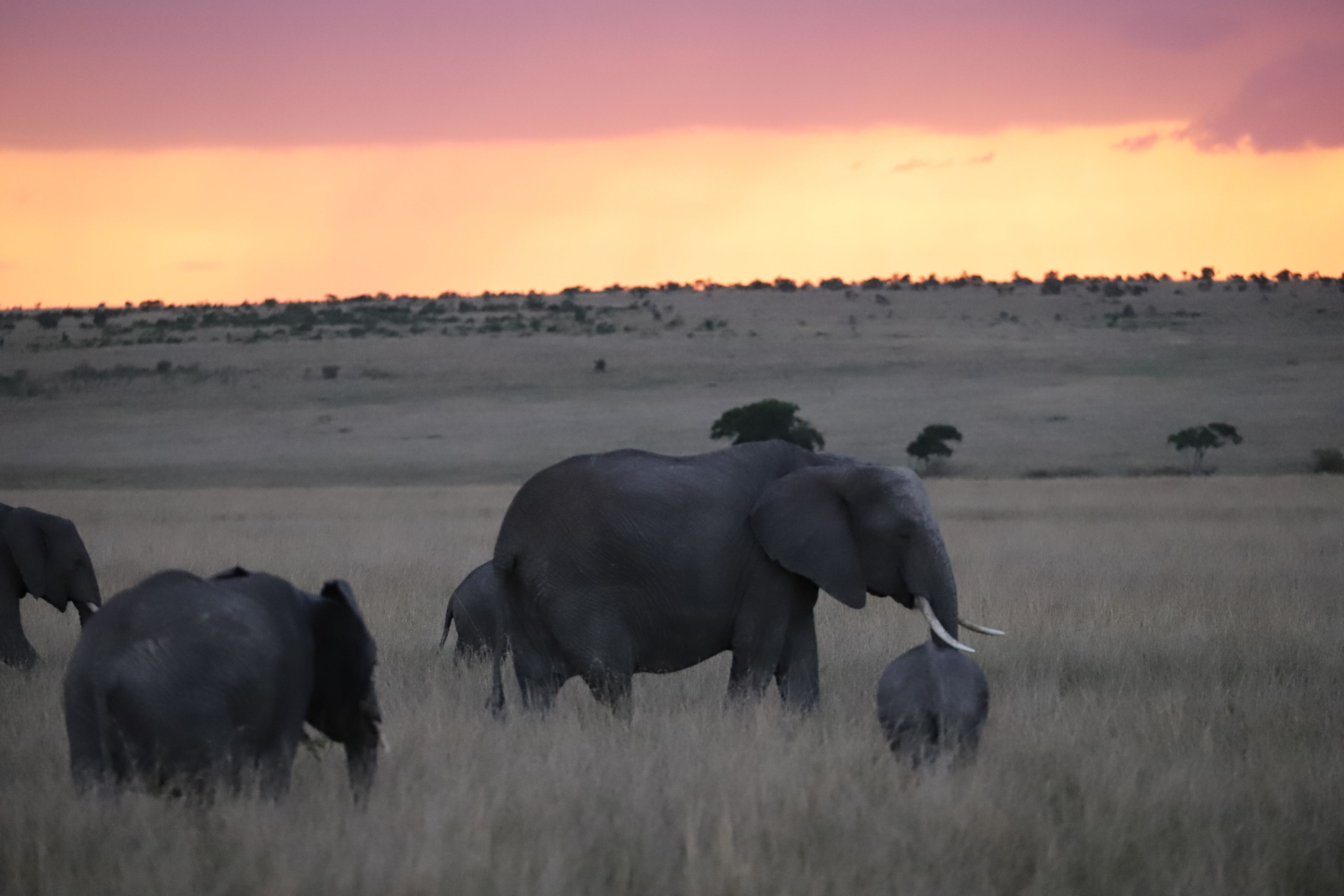
People from across the world flock to Kenya’s Masai Mara — one of the world’s most prized pieces of conserved land — to see its rolling plains dotted with herds of elephants, elusive leopards, and iconic migrating wildebeest.
But the picturesque landscape is tainted by stark inequalities. It’s home to the Masai, a pastoralist community that has long served as keepers of the land. And while the world’s wealthy spend exorbitant amounts to intimately witness wildlife, Masai communities largely receive pittance for their role in conserving the land.
For these communities, conservation is complicated. The value of wildlife is not always apparent. Elephants are a menace, destroying crops and property, and lions prey on livestock and kill people. When land is conserved, it’s largely not available for livestock grazing or agriculture. And people can’t build structures or fence off that land.
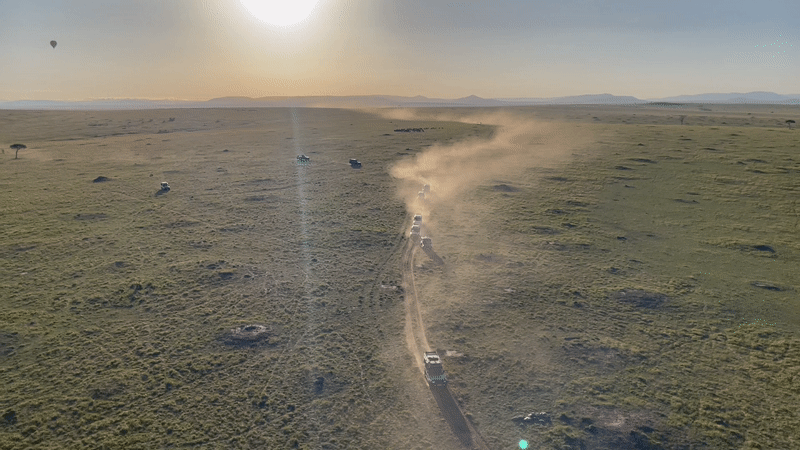
Safari cars driving through the Masai Mara.
Safari cars driving through the Masai Mara.
But some in the technology sector hope blockchain — a platform that allows for the movement of information and money documented by a record that can’t be altered — could rectify some of these problems, creating a decentralized, transparent flow of cash to those involved in conservation in the Masai Mara — which could ultimately increase the flow of funding from a broader base of donors.
"Blockchain is a great solution for anything that covers the last mile: whether it's last mile payment, last mile transportation, and logistics. Anything that requires a way to track and trace in the most transparent and secure way," said Kate Kallot, co-founder and chief impact officer at Mara, an African digital finance ecosystem.
A broken, inequitable system
Wildlife teeters on the edge in Kenya. The country hosts nearly 140 endangered or threatened species and it’s lost nearly 70% of its wildlife in the past four decades. The national and county governments manage wildlife in national parks and reserves, but the majority of migratory animals need more space to thrive.
An elephant, for example, needs 150 liters of water and grazes for up to 16 hours each day, said Dickson Kaelo, the CEO of the Kenya Wildlife Conservancies Association.
"For it to survive, it needs huge spaces," he said. "Other animals like cheetahs have to walk 30 kilometers on a single day. They cannot be contained in small fences and really flourish."
And climate change pushes animals further to find resources as rangeland dries up, he added.
Only about 38% of Kenya’s wildlife is in government-designated areas, Kaelo said, and because of this, conservation must extend beyond these areas. The majority of the nation’s wildlife exists on community and private land.
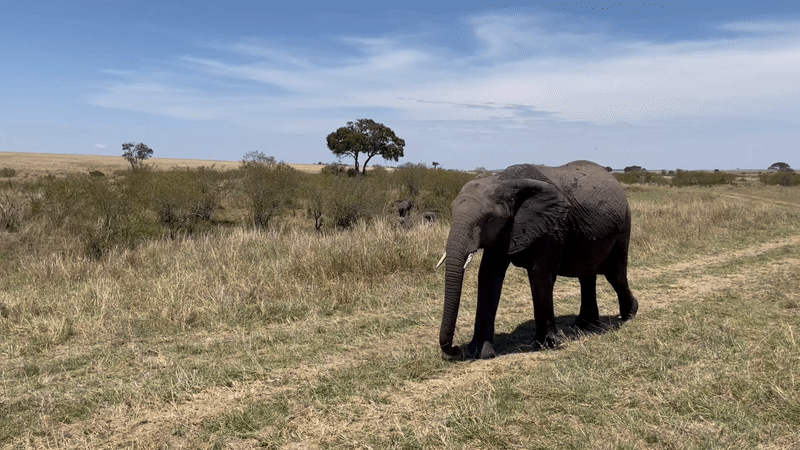
Conservancies — which include leased land from private and group landowners or communities, such as the Masai, to tourism operators — supplement government-managed land. Funds to conservancies also pay rangers and some community projects. Instead of developing their land and using it for grazing livestock, communities are paid for conservation.
Models for conservancies vary, including how much landowners are paid. In the Mara Siana Conservancy, for example, landowners are nine years into a 15-year contract where they receive only 1,300 Kenyan shillings (about $11) per acre each year — each of them have 6.5 acres of land included in this agreement — and they are allowed to graze livestock three times a year, typically for around a month each, according to Samwel Kararei, a finance and administration officer at the conservancy.
“It’s very little money,” he said.
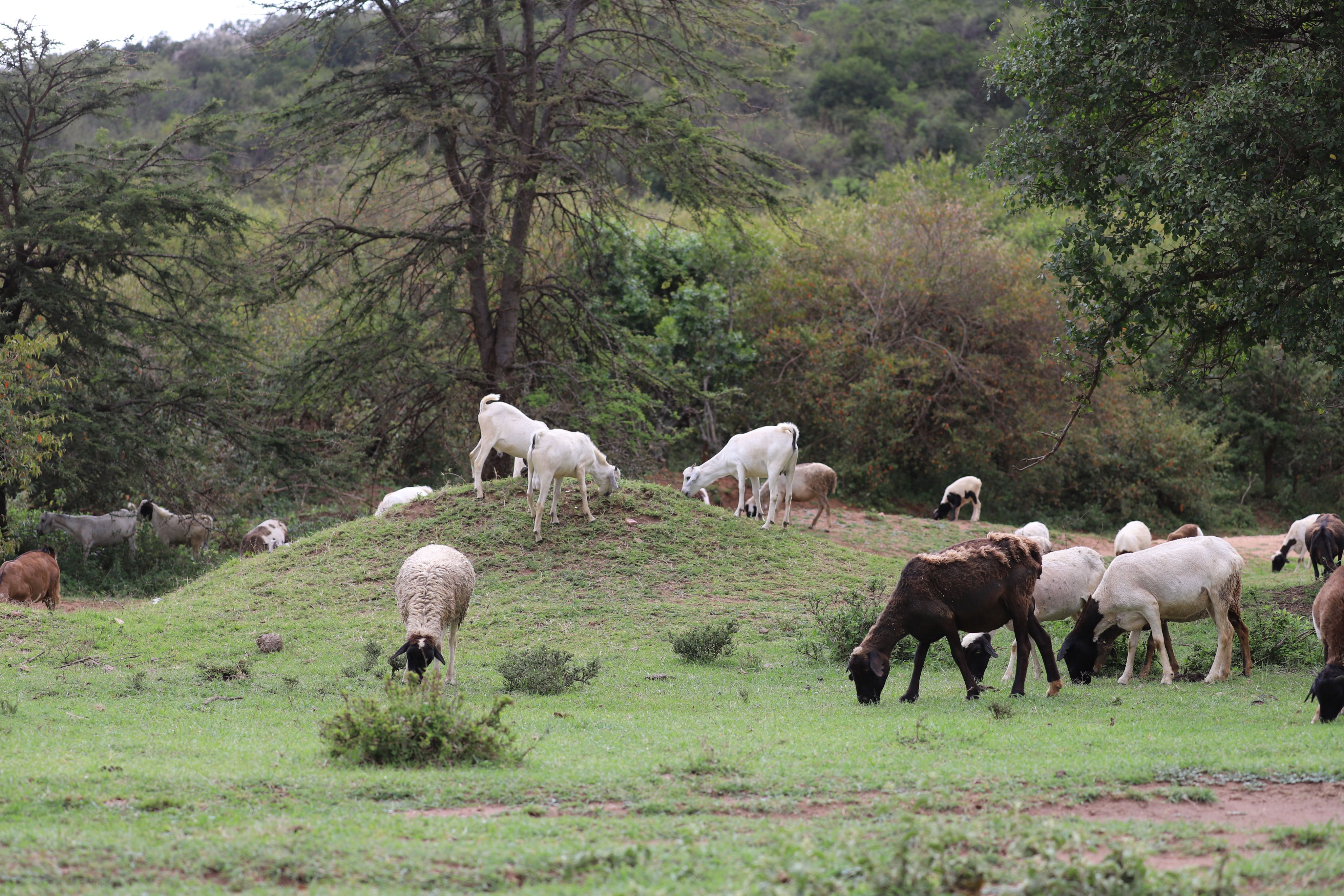
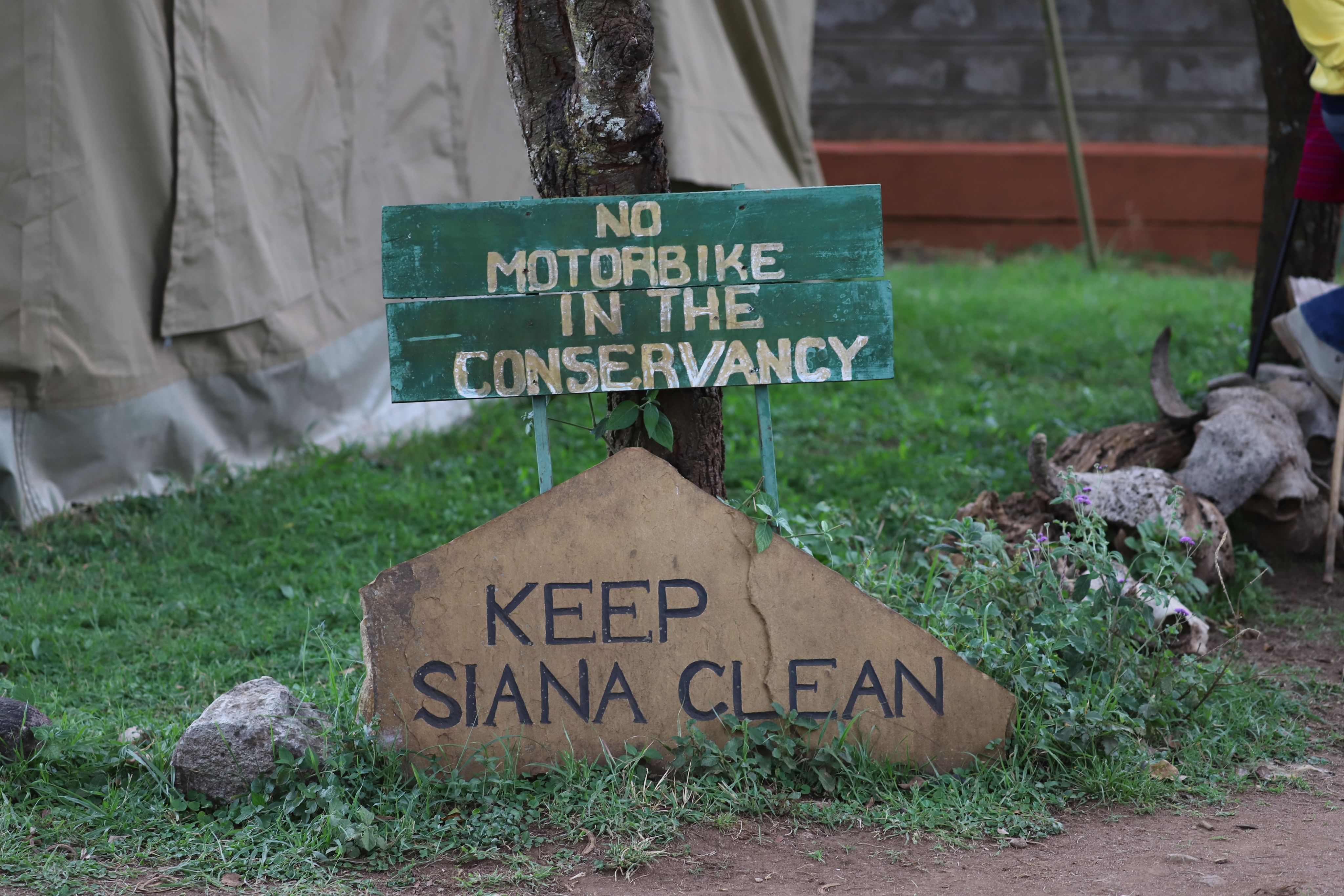
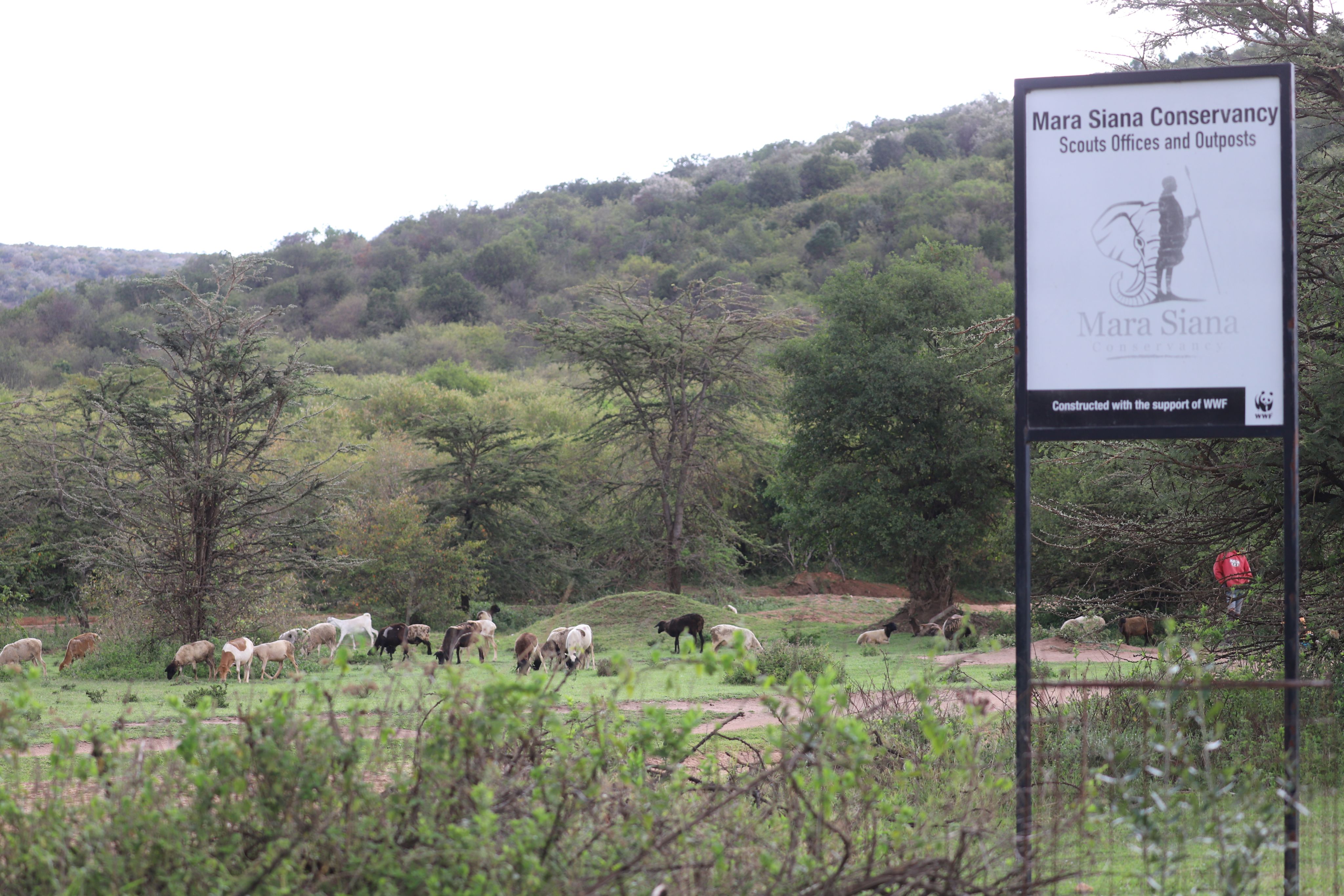

Livestock grazing is allowed three times a year at the Mara Siana Conservancy.
Livestock grazing is allowed three times a year at the Mara Siana Conservancy.

Entrance to the Mara Siana Conservancy.
Entrance to the Mara Siana Conservancy.

The Mara Siana Conservancy was established so tourism operators can pay landowners to conserve their land for wildlife.
The Mara Siana Conservancy was established so tourism operators can pay landowners to conserve their land for wildlife.
For people in Mara Siana with more land outside of those 6.5 acres (3 hectares), the Worldwide Wildlife Fund also pays them the same amount per acre annually to not fence land they own outside conservancies so that corridors — tracts of land animals pass through — are uninterrupted. It is estimated that nearly 20% of the Mara is already fenced and one part of the region has seen a 740% increase in fencing in recent years.
Other benefits include employment opportunities for community members at conservancies or lodges, bursary funds for students, and $20 charged for each tourist, per night that is distributed among landowners, Kararei said.
If a landowner were to breach the deal, they would need to pay the conservancy for the time left in the term.
This income from leased land is in addition to the sale of livestock and milk, Kaelo said.
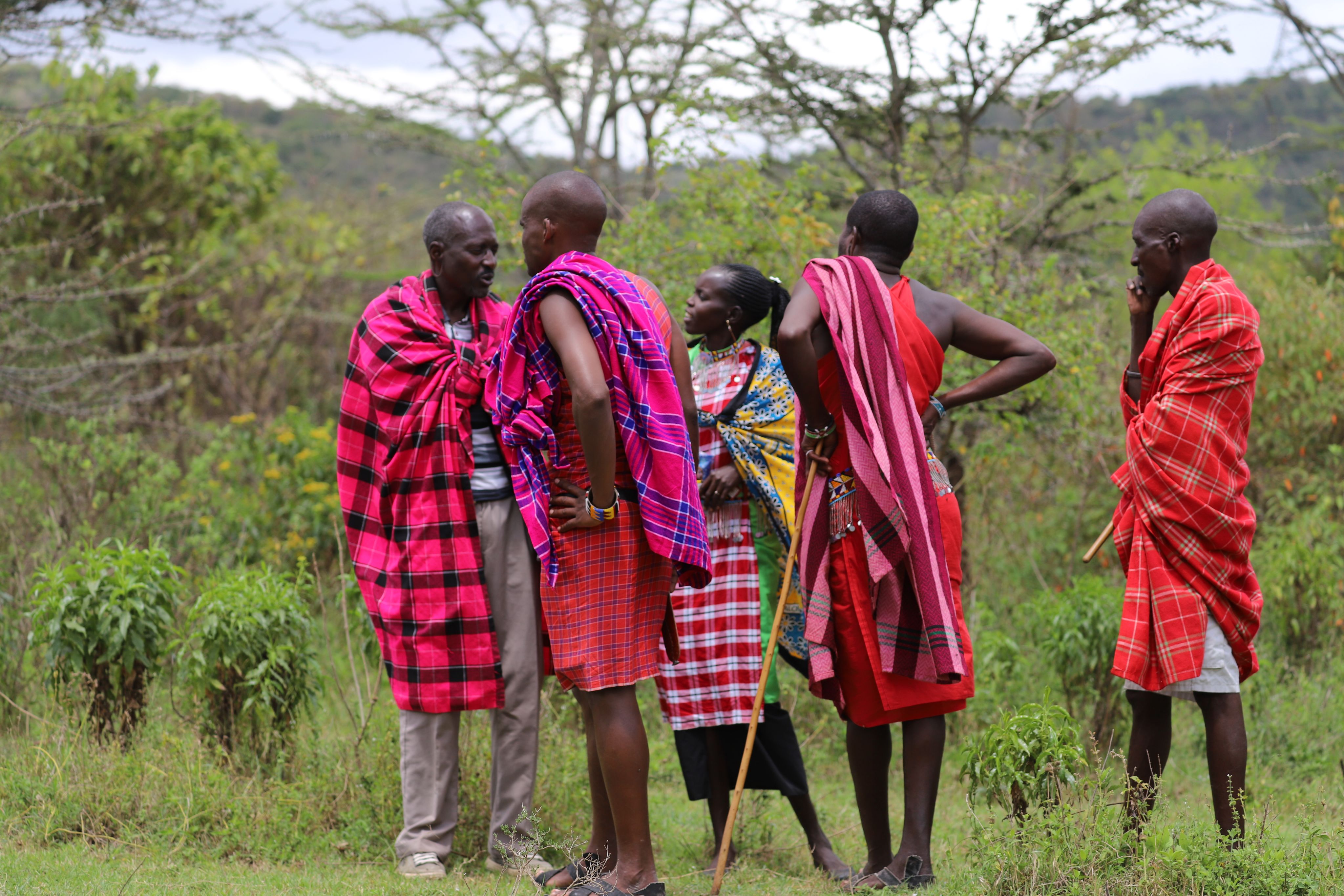
Landowners at the Mara Siana Conservancy.
Landowners at the Mara Siana Conservancy.
But the system is imperfect. Half of the people in 32 counties with wildlife across Kenya live in poverty and unemployment drives poaching, Kaelo said. Funding flowing from tourism operators and other global conservation donations are subject to human influence, leaving room for corruption. Chiefs or conservancy associations might fudge numbers and siphon money. Fees are also attached, such as from banks or international transfers, which further diminishes funding that makes its way to landowners.
“You need the transparency that goes all the way to the last mile,” Kallot said.
If disgruntled landowners feel they don’t receive a fair share, they might use the land for agriculture, grazing, or development rather than conservation.
The system is also overly dependent on tourism — which came to a standstill at the onset of the COVID-19 pandemic — questioning the sustainability of the conservancy model and underscoring the need to further diversify incomes.
Reaching the last mile directly
Mara Foundation, the impact-driven nonprofit arm of Mara that launched in September, believes decentralized blockchain solutions can pump transparency and equity into these broken systems, with the idea that fair compensation to communities can promote peaceful coexistence between humans and wildlife.
The conservation system can instead exist on the blockchain platform in a decentralized way — not like a bank where information is hidden, said Gbolahan Alli, vice president of developer relations at Mara. Conservation efforts could verify land deeds and use satellite imagery, and create a system where the land is used as collateral for communities to access credit. And with increased transparency around attributes of the land, blockchain could help increase its value.
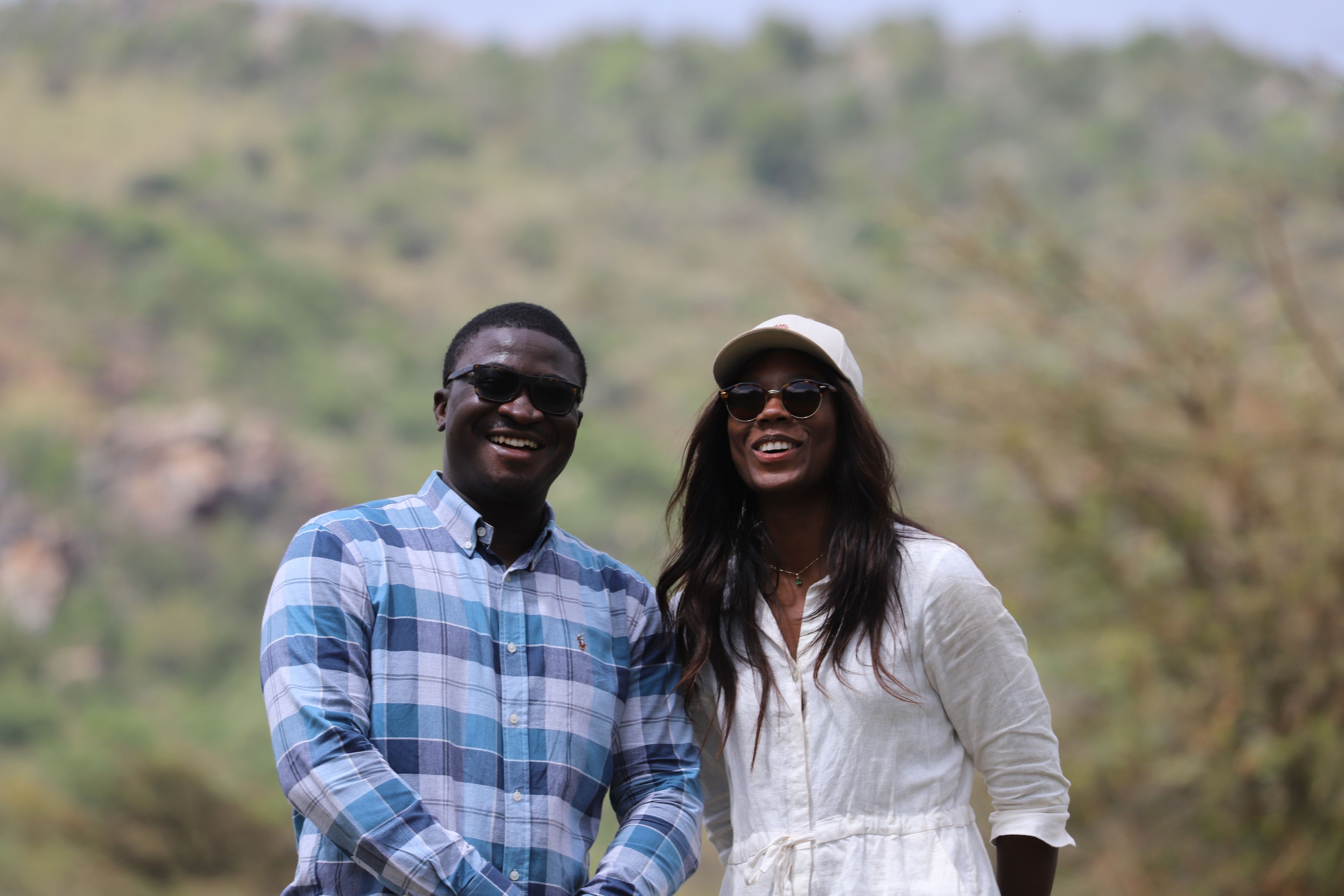
Gbolahan Alli, (left) vice president of developer relations at Mara, and Kate Kallot, (right) co-founder of Mara.
Gbolahan Alli, (left) vice president of developer relations at Mara, and Kate Kallot, (right) co-founder of Mara.
With blockchain, payments can come instantaneously, which would remedy landowners’ frustration that they come infrequently — sometimes once per year.
In some settings across the continent, international organizations truck in cash or funnel it into bank accounts far removed from communities. Fortunately in Kenya, mobile money is widespread — and blockchain applications can be linked to mobile money accounts, Alli said, with recipients receiving text messages when they’ve received a payout.
Where mobile money is not present, blockchain could still enable direct payment to someone's phone in the form of cryptocurrency or local currency, if a cryptocurrency wallet like the one their company is launching is available, he said, adding that an agent in the community could process the cash out or the funds could be sent to a bank account.
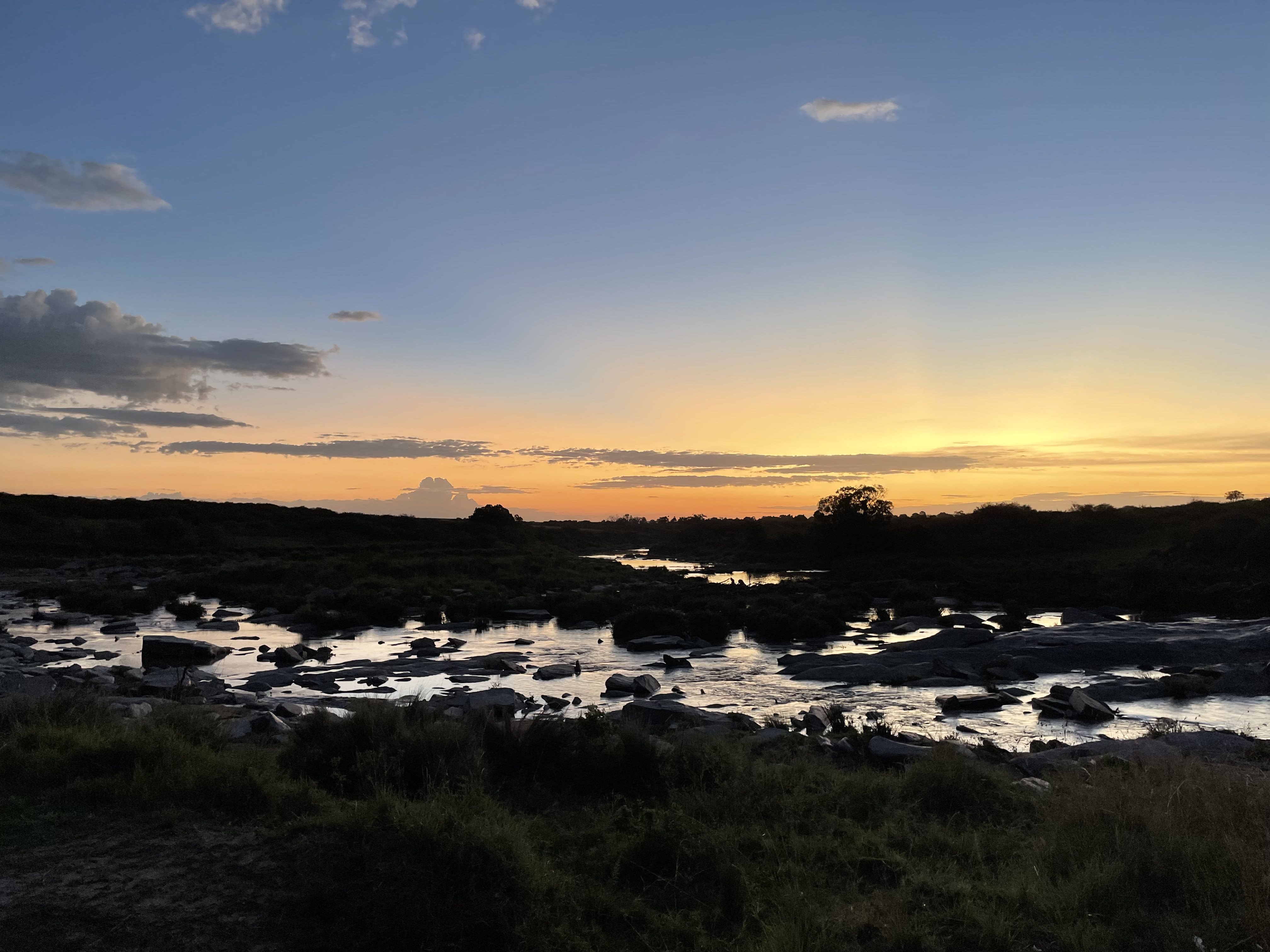
Growing the global base of funds
Blockchain allows donors to see end-to-end where funds land through transaction records — and with this, the foundation hopes the global pot of philanthropic and individual donor funds targeted toward conservation will grow as skepticism over wasted funds decreases.
Smart contracts on the blockchain platform can verify progress on projects, said Chi Nnadi, the co-founder and CEO at Mara. A smart contract is a piece of code that essentially says if X happens — which can include uploading multiple forms of evidence of a project’s progress, originating from the same geolocation, then Y happens — such as a payout in the form of a stablecoin, which is a cryptocurrency pegged to an asset to help buffer against inflation. A donor can fund a project and if the evidence cross-checks, there’s a payout.
Technology, including artificial intelligence, can verify the authenticity of evidence, such as title deeds, according to Kallot.
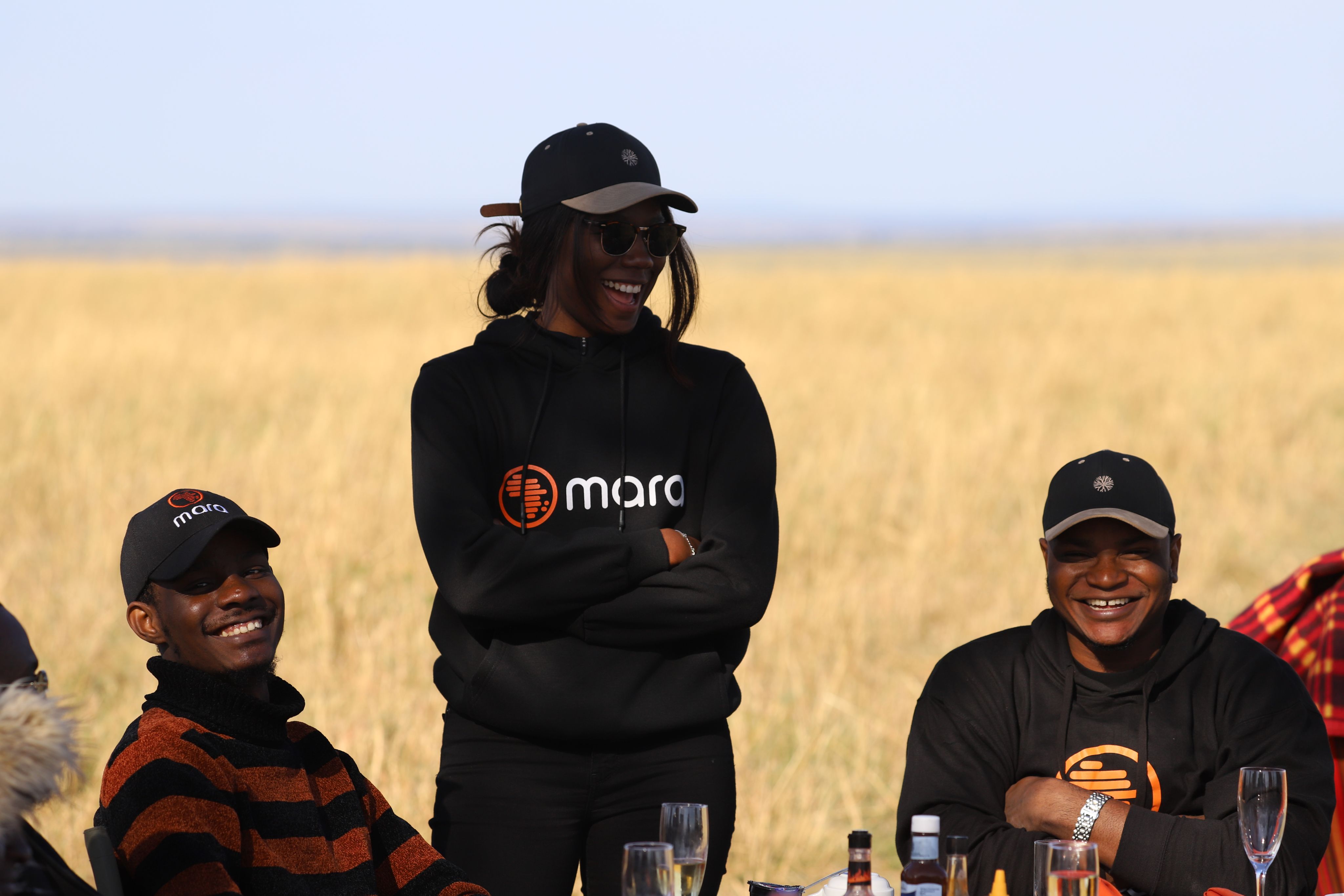
Obinna Onuoha, (left) a hackathon participant, Kate Kallot, (center) co-founder of Mara, and Idris Olubisi, (right) developer relations engineer at Mara, on a morning in the Mara.
Obinna Onuoha, (left) a hackathon participant, Kate Kallot, (center) co-founder of Mara, and Idris Olubisi, (right) developer relations engineer at Mara, on a morning in the Mara.
Currently, international organizations often fly in consultants to verify project progress — but blockchain can reduce costs, leaving verification to communities, Nnadi said.
Another complication with the status quo is funding from abroad is subject to currency volatility and transaction fees as it trickles to the last mile. But blockchain sidesteps international currency barriers, Alli said.
It also allows people outside traditional donor communities to send smaller donations — which if done in bulk can lead to large influxes of funding into conservation, Nnadi said.
“You now have disintermediated the old system, which is essentially a private banker system to do philanthropy. It absolutely democratizes access to opportunities to support,” he said.

Hacking the Mara
As their maiden project, Mara Foundation called out to innovators across the continent for blockchain proposals to solve problems surrounding last-mile payments in the Mara. Over 800 people from more than 24 countries submitted applications and finalists were narrowed to eight groups of three.
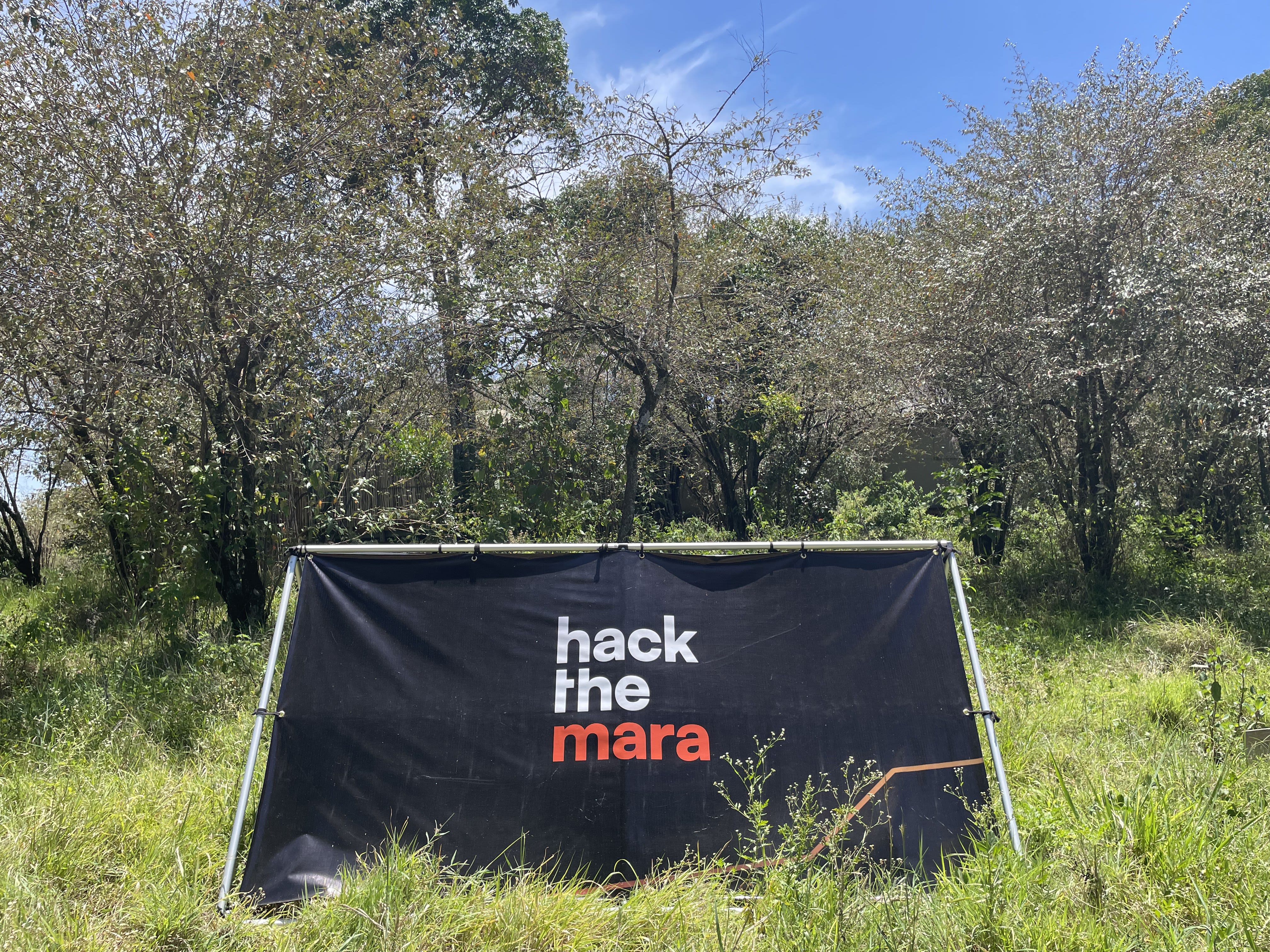
They were flown to the Mara where they spent a week hacking out prototypes for a blockchain product — immersed in wildlife at Ishara Mara, a sustainable resort. Hippopotami traipsed down the river in front of their tents, elephants encircled the compound, and lions roared throughout the night.
A perennial problem in the tech space is the creation of applications nobody uses. Some 35% of startups fail because there’s no market for them. To avoid this trap, participants were urged to tune into the needs of the Masai community while crafting their product — making it easy to use as well as a product that fits into the ways the community already operates.
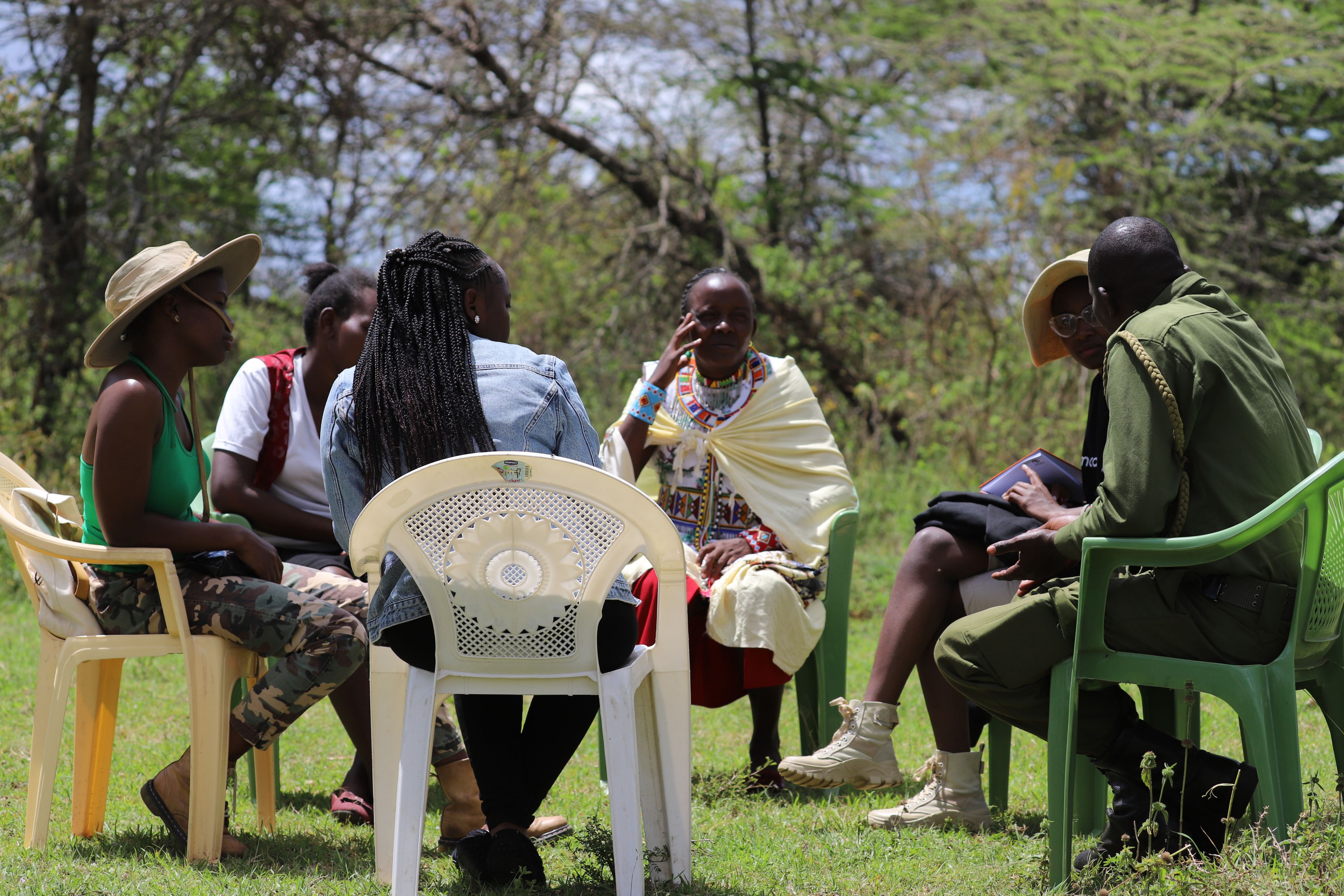
Hackathon participants meet with landowners at the Mara Siana Conservancy.
Hackathon participants meet with landowners at the Mara Siana Conservancy.
After two days of hacking, they traveled to Mara Siana Conservancy to relay their ideas to community members — then adjusted product design. It’s an opportunity not always accessible for participants in hackathons, as many are held virtually.
The foundation hopes whatever solution is built for the Mara is scalable to other conservation areas on the continent, Kallot said.
"We're trying to use the structure that the Mara provides and build technology that can be applied in places without that structure," she said.
By the end of the week, teams had a business plan, road map, and working prototype of a product, which they pitched to judges.
Solutions ranged from allowing conservancies to directly appeal to international donors for projects to supporting the diversification of incomes — such as through beadworking and beekeeping.
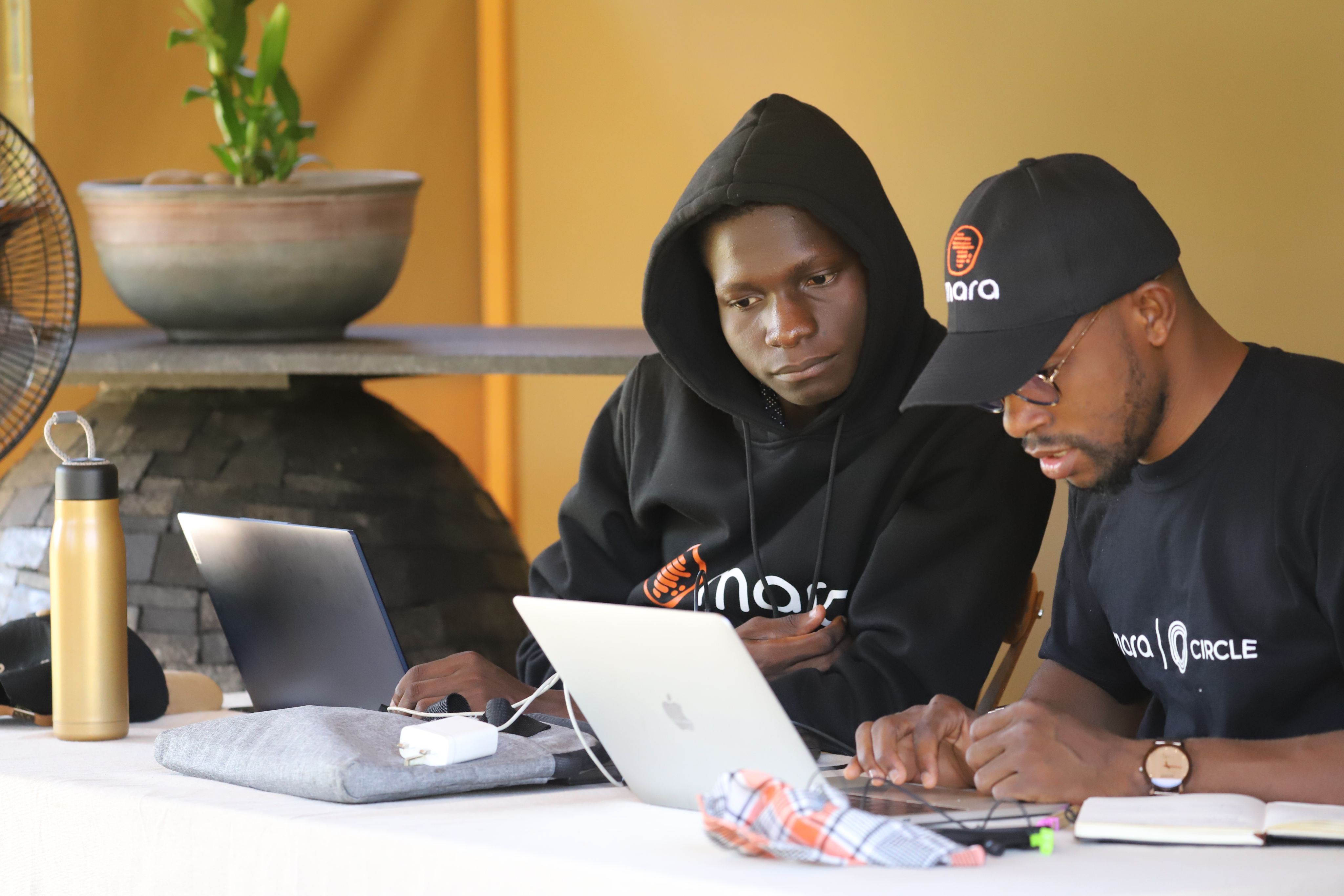
Hackathon participants from Nigeria Michael Oladipupo (left) and Solomon Ayo (right) working on their blockchain solution.
Hackathon participants from Nigeria Michael Oladipupo (left) and Solomon Ayo (right) working on their blockchain solution.
The top three winning teams were from Nigeria. The first-place winners — Patience Adajah, Tide Ayoade, and Segun Abisagbo — focused their product around NFTs, or non-fungible tokens, which is a record on the blockchain tied to physical or digital assets, used to incentivize donations.
Judges said signs of a sustainable business model with growth potential weighed more heavily on decisions than the tech — although that too had to be strong.
The foundation gave the winning teams a total of $100,000 — in cash and in kind, such as travel and engineering support — to lay the groundwork for a startup. They are enrolled in a three-month incubator with Antler, an early-stage venture capital and startup-building firm that will guide them on scaling. At the end of the program, the groups will present their product to the firm’s investment team for a chance at more funding.
‘Trust is expensive’
These efforts build off another project in the Niger Delta, where Nnadi is originally from — an area heavily polluted by oil extraction.
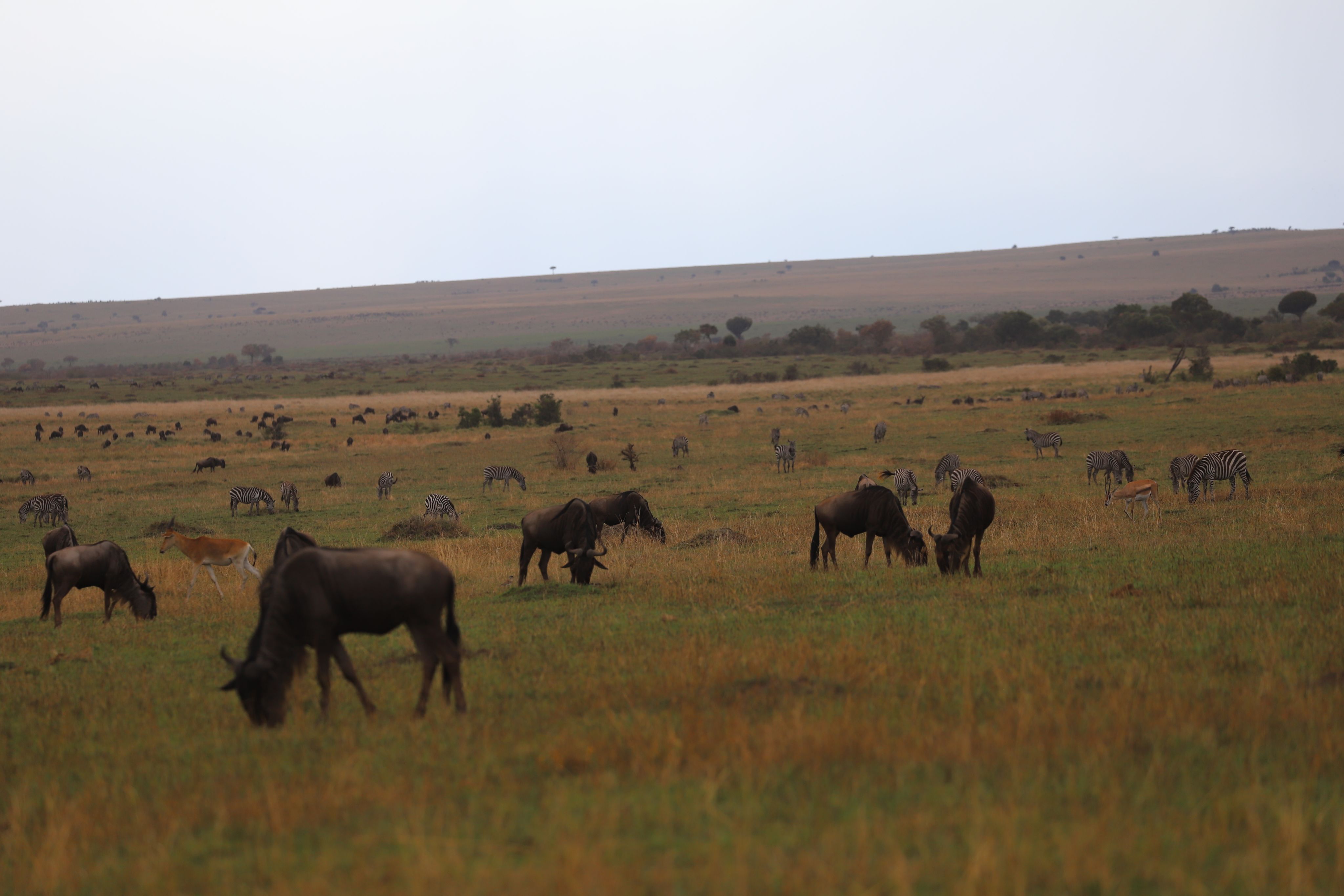
Wildebeest and zebra graze near the Kenyan border with Tanzania.
Wildebeest and zebra graze near the Kenyan border with Tanzania.
Despite funding allocated toward cleanups, the environment is still a mess. Large settlements intended for social good were directed to villages in bulk — for building health clinics, roads, and compensation to residents. Instead, some elders hoarded money and bought luxury cars and satellite dishes, Nnadi said, adding that because of this “trust is expensive.”
“You're really dealing with broken down barriers of social contracts and trust,” he said.
Nnadi and his team developed a blockchain solution that hired local militants who were previously bombing pipelines to instead clean community fish ponds and plant mangroves. They used a smart contract with triple layers of verification. Ex-militants would send pictures of project progress and women farmers would send pictures from the same geolocation, which was coupled with satellite imagery. When the evidence agreed, they were paid.
But the project was ahead of its time, Nnadi said.
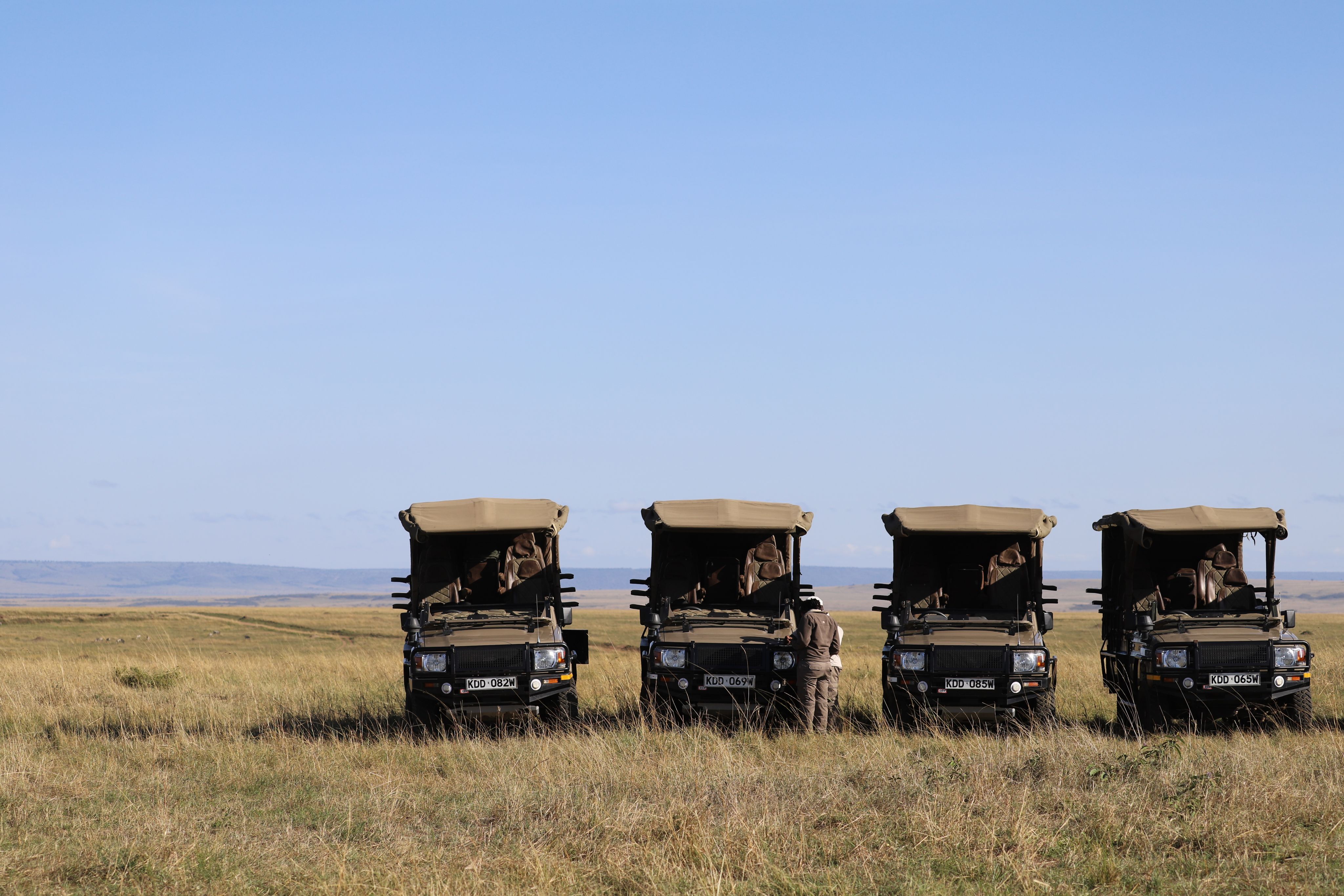
A row of safari cars in the Masai Mara.
A row of safari cars in the Masai Mara.
“Frankly, we were too early for the technology. Stablecoins didn't exist en masse the same way they do now and you need that for the smart contract,” he said.
There weren’t wallets for people to cash out the cryptocurrency they received into naira. Instead, Nnadi’s team physically paid them. Crypto wallets and stablecoins, such as USD Coin, have evolved significantly since then, Nnadi said.
“We're now in a different place where the technologies are actually ready for it,” he said.
Pan-African blockchain ecosystem
Kallot, Nnadi, Lucas Llinás Múnera, and Dearg OBartuin founded Mara, which was launched this year as an infrastructure ecosystem for blockchain in Africa. The company will roll out a cryptocurrency exchange and a blockchain platform in which applications can be built.
As Mara’s impact-driven entity, the Mara Foundation aims to serve as a port of entry for technology capacity building and sustainable development in Africa. It focuses on creating a pipeline of innovators on a continent that doesn’t have as much support as other parts of the world — in the form of big tech companies, government investments, and laws around data privacy.

Selam Ayele Kebede, principal at Antler, teaching hackathon participants how to use a human-centric approach to product development.
Selam Ayele Kebede, principal at Antler, teaching hackathon participants how to use a human-centric approach to product development.
"Intelligence and brilliance is pervasive across the world but opportunities are not," Kallot said.
The foundation plans to host four hackathons annually focused on solving social and environmental problems. They’ve launched a free, online blockchain academy, Mara Academy, centered around financial resilience and blockchain technology — which includes a product targeting school-aged kids that operates without the internet.
“There's scant support for young people that have talent and vision,” Nnadi said. “We're setting out to build that ecosystem.”
And they plan to foster a network of “Mara ambassadors” — people in communities that can onboard and educate others on financial resilience and blockchain.
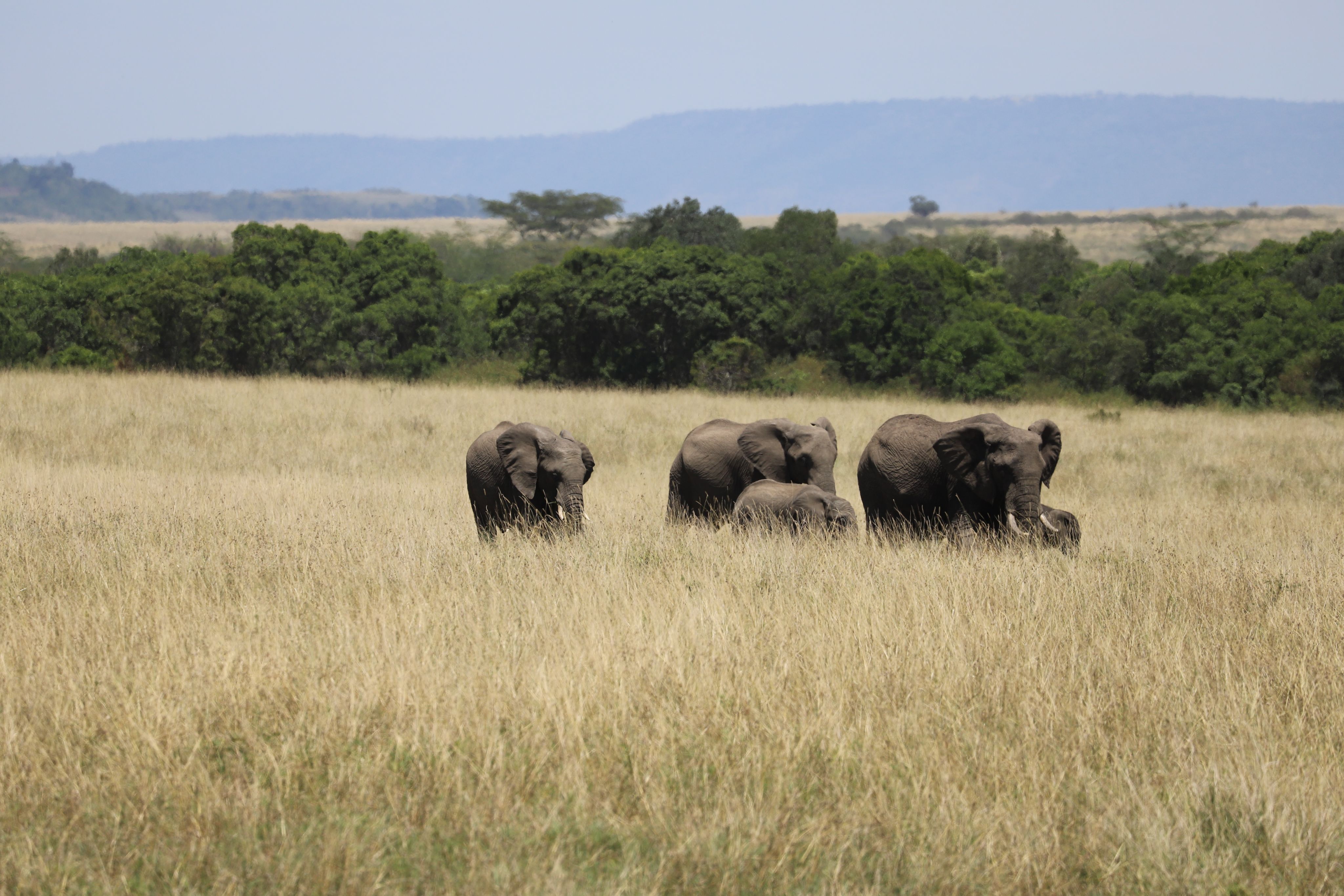
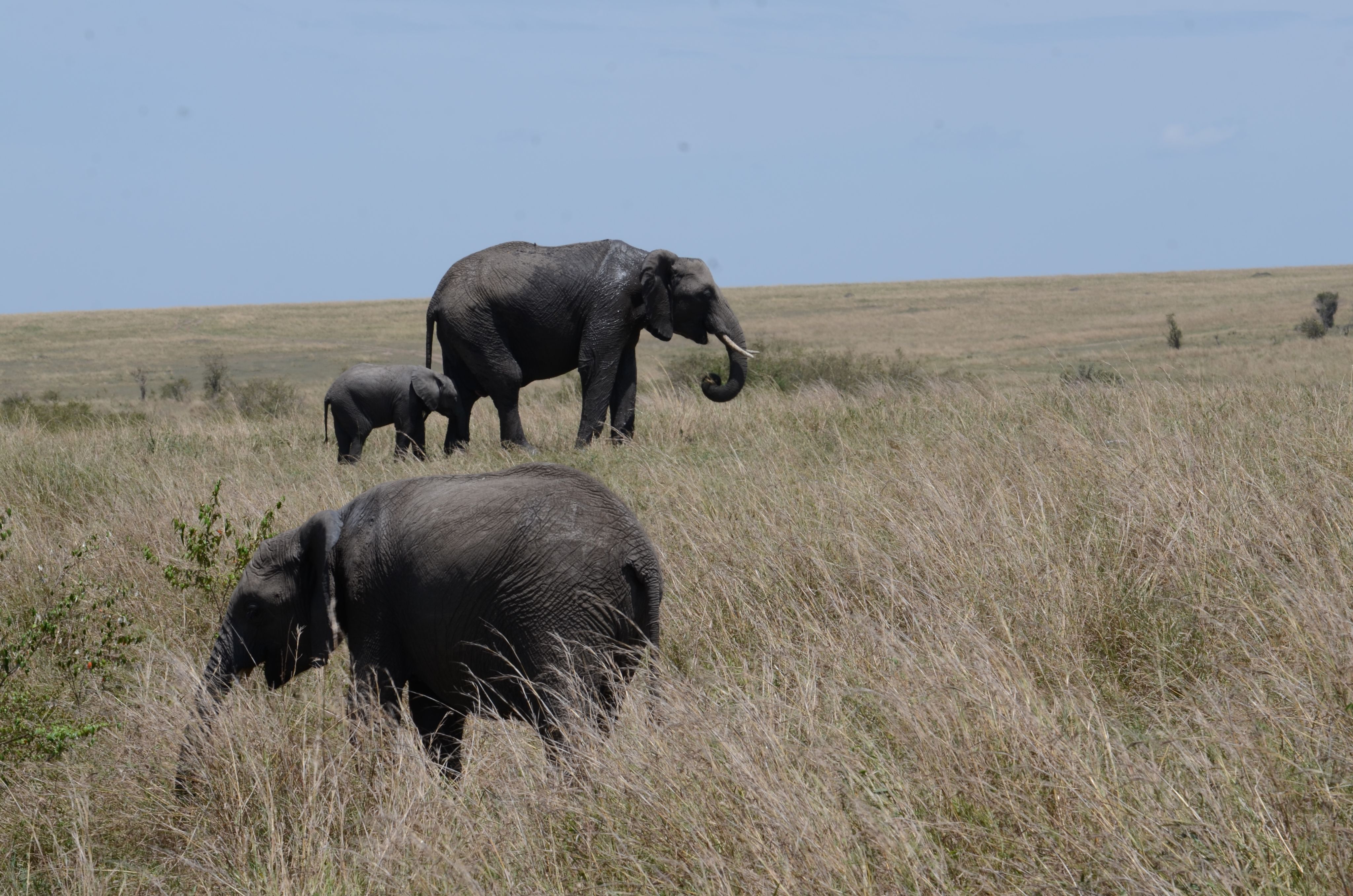

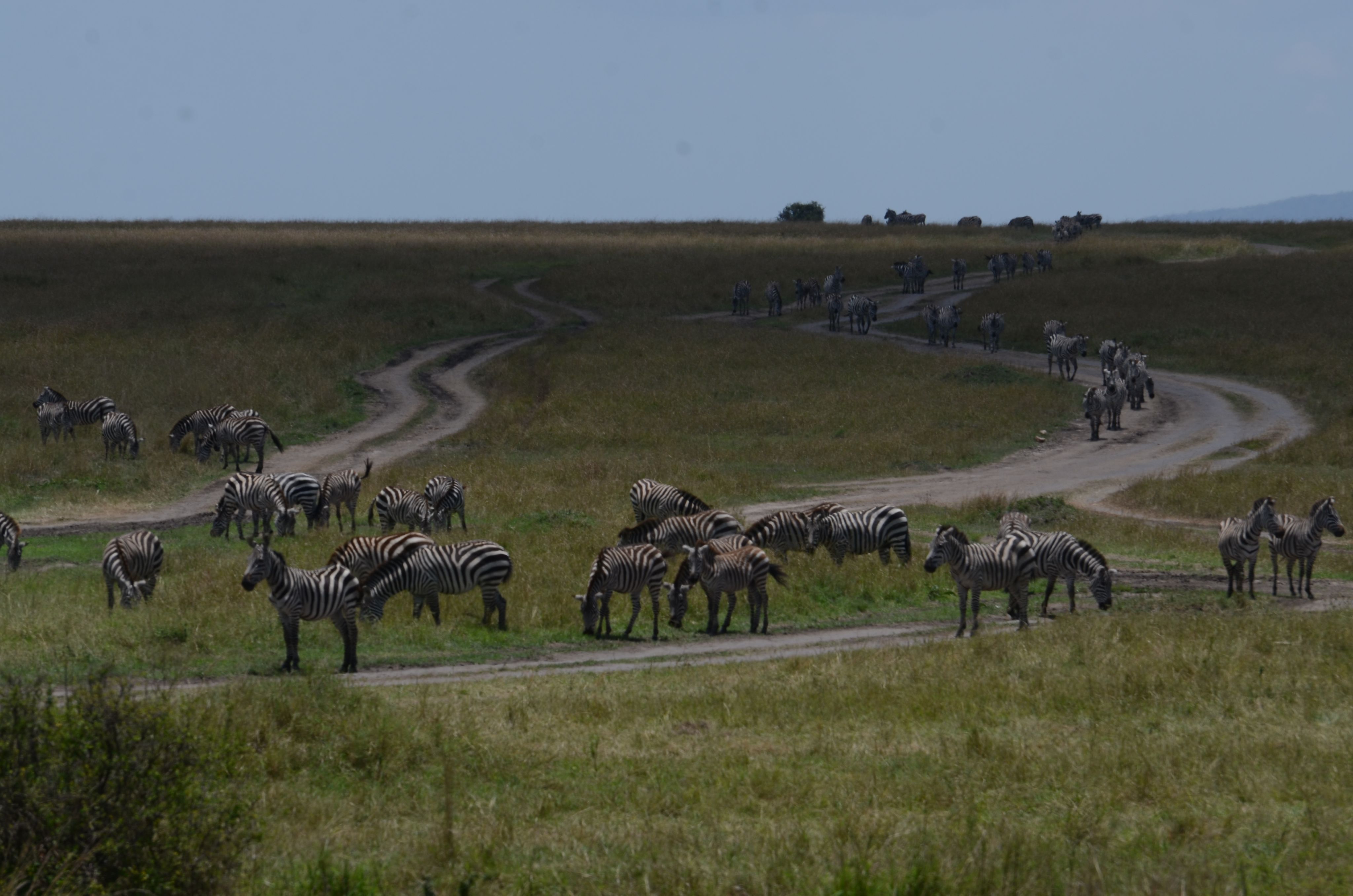



Note: The Mara Foundation facilitated travel for this reporting. Devex retains full editorial independence.
Photos by: Sara Jerving
Produced by: Janelle Cruz
